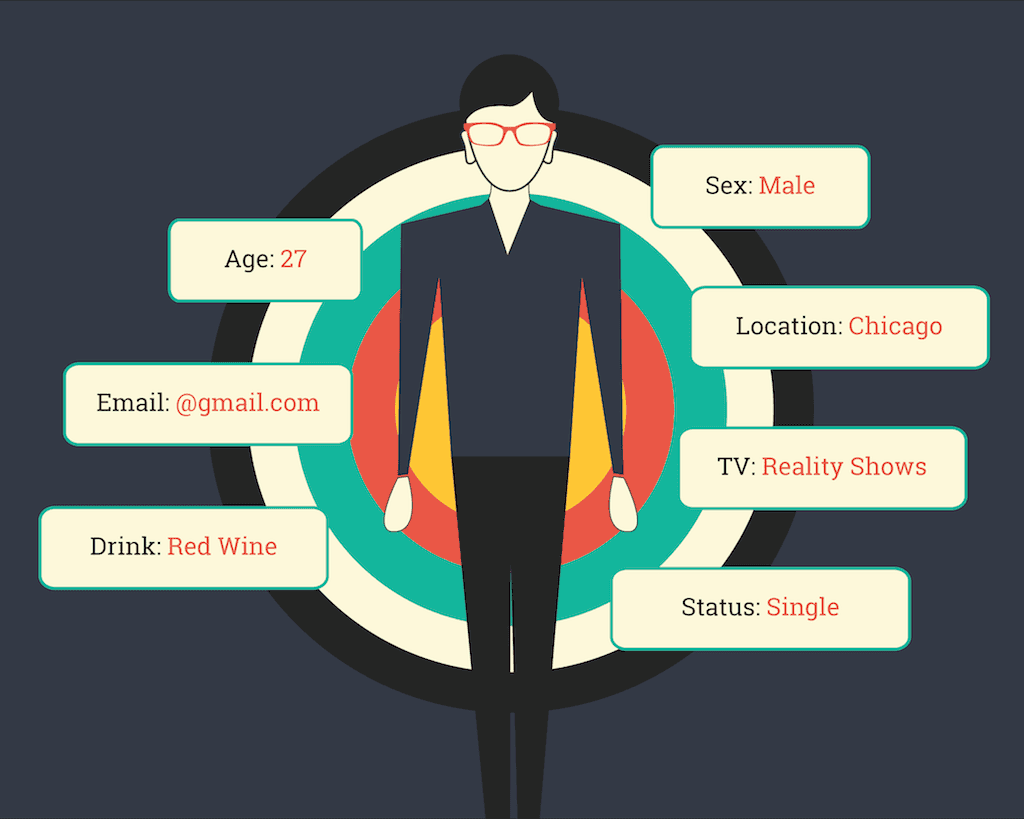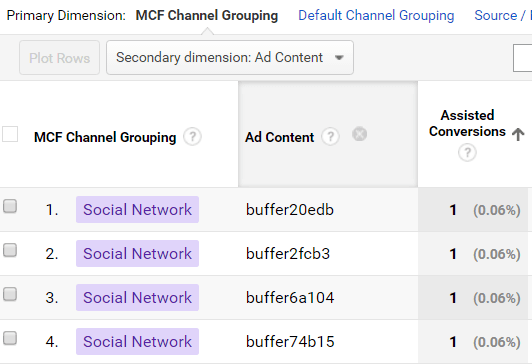Here’s How Social Media Advertising Can Help Your PPC Game

Social media has come a long way since you befriended Tom on Myspace. Long gone are the days when “social media” just meant posting on a friend or family member’s wall. As social media has evolved, so has advertising.
Consumers’ lives are now intertwined with a multitude of platforms, like Pinterest, Twitter, LinkedIn, and Instagram. As PPC marketing has traversed into these platforms, it is imperative that brands and businesses understand a few of the various methods/tools available to drive those conversions.
Targeting, targeting, targeting
Targeting on social media is arguably more granular than on any other medium. Consumers’ profiles and interests are readily available and can be tracked. Utilizing Facebook’s ad targeting strategies can be a great way to serve the right ad to the right person. Due to the revealing nature of their platform, Facebook can target their ads in pretty crazy ways, such as single men in Chicago, ages 25-34, whose primary email domain is Gmail and like wine and reality shows.
For businesses, this is mission critical. With highly specific ad copy, you can target promos and events to highly qualified users, thereby increasing CTR, traffic to your site, and the holy grail: conversions.
For example, we have a client in wedding photography. Because people post their relationship status on Facebook, we are able to target individuals that are newly engaged. And because ads for this business are highly visual, they perform well on Facebook, which limits the amount of text in their ads. Facebook also provides detailed information on who is being shown and clicking on ads – otherwise, it would be difficult to measure the success of your campaigns and make actionable insights into optimizing them.
A helping hand
In 2016, 78% of Americans were on social media, and there were 1.96 billion social media users worldwide. That number is expected to grow to 2.5 billion by 2018. With 56% of online adults using more than one of the five major social media platforms (Facebook, Instagram, Pinterest, Twitter, and LinkedIn), it’s no surprise that social media can drive a high amount of assisted conversions.
Assisted conversions are attributed to channels that may have started the user down the path to conversion, but ultimately did not convert from. For instance, if a customer clicked on your Facebook link and later saw an ad on Twitter and converted from that, Facebook would get the assist.
It can be misleading to assess a campaign’s success solely on conversion volume, as sometimes there can be dozens of assisted conversions that turned it into a worthwhile investment. It is important to note that just comparing direct conversions to assisted conversions doesn’t tell you everything. Be sure to dig deeper into the secondary dimensions to see which ads are driving the assists and which aren’t.
Additionally, most customers today own more than just one digital device. 66% of Americans own at least two digital devices and 36% own all three (smartphone, computer, tablet). And according to Google, 90% of consumers use multiple screens sequentially to accomplish a task (for example, 67% of consumers who switch devices while online shopping.)
What this means for businesses is that they need to advertise on each device and track users’ behavior device-to-device with cross-device conversions. For example, Google AdWords allows advertisers to track someone on desktop who engaged with an ad on Facebook and then engaged again on mobile before converting. Understanding how the consumer interacts with ads can offer alternative conversion paths and identify poor user experience.
You look familiar…
Another key benefit of social media is remarketing. Remarketing involves segmenting website’s visitors and creating custom ads to target those segments.
Remarketing in general has many benefits, like increasing conversions and lowering CPAs; however, the key aspect of it is that you are exclusively showing ads to users who have shown previous interest in your company or product. These can be people who have visited your ecommerce store, but haven’t made a purchase, people who have made a purchase, or people who are likely interested in your product.
Facebook remarketing can be extremely rewarding. Typically, businesses will see lower CPCs than search engine remarketing, and higher CTR, higher conversions, and lower CPAs than regular Facebook ads. You can target “lookalike” audiences, which are people similar to those who have converted (see above) or those who have visited your website. Also, remarketing to previous converters encourages them to purchase again, as well as to tag or share to other potential customers, providing proof of your product’s quality and worth.
The big picture
Whether you are trying to drive conversions or brand engagement, social media PPC is just a means to an end. There are a variety of social listening tools that can work in tandem with your PPC efforts, such as NodeXL and Crimson Hexagon.
The best indicators for what kind of content and advertising you should be creating come from understanding your target audience. And being aware of and adapting to the changing needs and expectations of that audience is crucial to pulling off that Indy 900 (I’ve spent too much time playing Tony Hawk’s Pro Skater 4).
While these tips are useful to help you understand the value of social media as a PPC venture, they are by no means exhaustive. If you’d like to learn more, check out our section on social media marketing or get in touch with Perfect Search.
—
You’ve got the basics on social media and PPC – what about social media and SEO? Check the “4 Surprising Ways Social Media Impacts SEO.”


